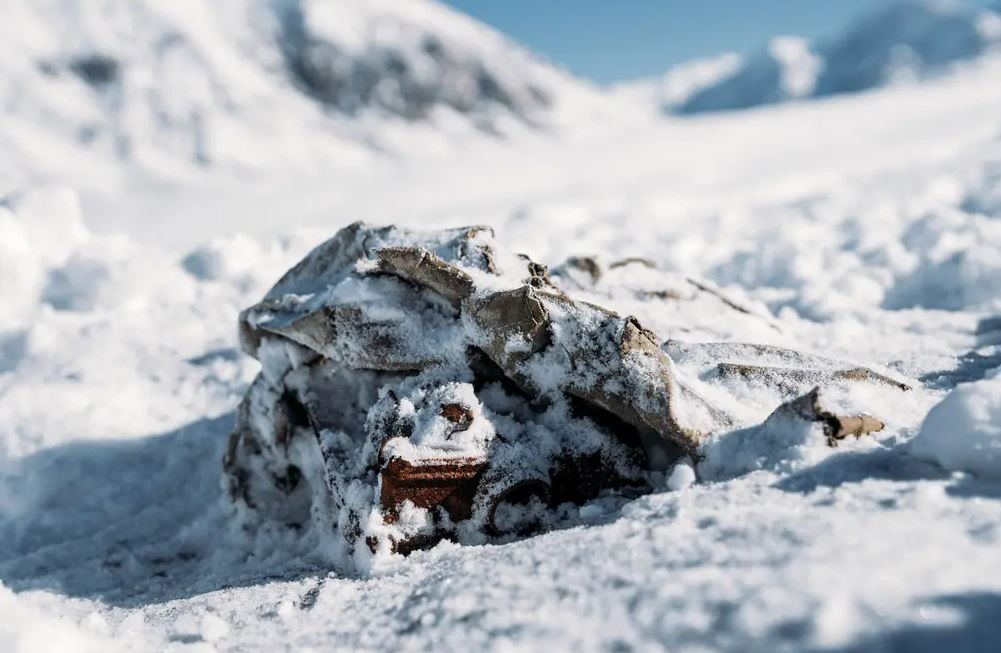In 1937, Bradford Washburn and Robert Bates travelled to the remote Yukon wilderness to climb Mount Lucania. However, the Walsh glacier, the starting point of their expedition, was covered in “fathomless” slush and “cut to ribbons by dozens of new crevasses” due to a month of bad weather, Mr. Washburn wrote in The Alpine Journal.
The bad weather conditions rendered it difficult for the guys to arrange a flight down the glacier following their ascent, so they trekked more than 100 kilometres to safety, leaving behind supplies that would have been too heavy to carry.
Mr. Washburn, a renowned photographer, intended to reclaim the cameras a year later, but he never did.
Instead, a seven-person expedition team found the cameras in August, 85 years after they had been abandoned and more than 12 miles away from where they had been left. Thursday, the team of explorers revealed their discovery.
The searchers discovered a fragment of one of Mr. Washburn’s Fairchild F-8 aerial shutter cameras. In addition, they retrieved two film-loaded cameras, a DeVry “Lunchbox” camera type and a Bell & Howell Eyemo 71, as well as mountaineering gear.
Parks Canada, which controls Canada’s national parks, is processing the cameras to determine whether any footage can be salvaged.
Griffin Post, a professional skier, conceived up the plan to collect the cameras after reading “Escape from Lucania” by David Roberts, a 2002 account of the intrepid explorers’ perilous trek.
He reviewed Mr. Washburn’s writings, recruited the aid of experts, and led two journeys to the glacier in Canada’s Kluane National Park and Reserve this year in quest of the cameras.
Dorota Medrzycka, a glaciologist, was tasked with interpreting maps and historical observations of the glacier’s movement to establish the location of the cache. However, she could only make estimations, and the crew searched the glacier for days.
Due to the glacier’s movement, the party could not simply return to the location where Mr. Washburn and Mr. Bates had left the cameras.
Dr. Medrzycka stated that most glaciers move at a steady rate from year to year, but not the Walsh glacier. It is a surging glacier, which implies that every few decades it advances faster for a period of one to two years.
During an average year, the Walsh glacier moves less than one metre every day. During the surge, it travels more than 10 metres every day, or around 32 feet. Since the 1930s, two surges have occurred.
Dr. Medrzycka saw two irregularities in the ice pattern, which she believed were created by the surges, and she was able to compute a new estimate of where the objects may be.
Mr. Post stated that he was cautiously confident that researchers will be able to extract photos from the cameras, despite it being implausible.

